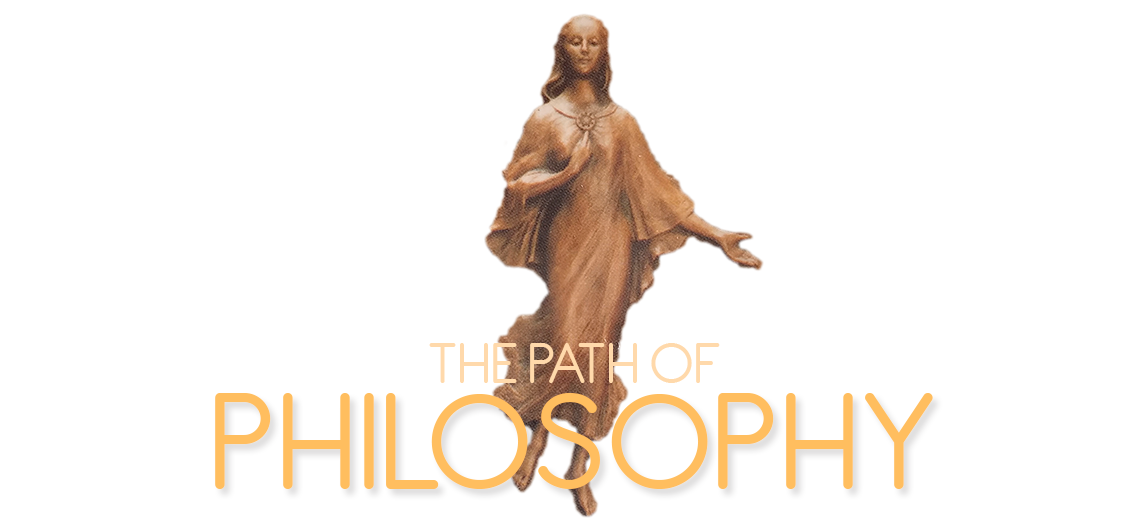PB has advised us that students be receptive to mental messages from him sent by him in response and that this receptivity pertains to much more than PB’s answering of answering letters. Rather, it pertains to the fundamental nature of the student-teacher relationship itself. In its more advanced stages physical contact between student and teacher is not necessary. We can find many examples of this in the spiritual biographies of different teachers in relation to their own Masters.
PB said in “The Sages Service” chapter of Volume 16 of the Notebooks:
He has a peculiar power which acts on the subconscious minds of those who have any contact or association with him.
This was true in PB’s own relationship with Ramana Maharishi. After Ramana had left the body PB said:
There were times when Ramana Maharishi actually appeared before me, advised or discussed. Death had not ended our relationship or barred our communions. He still existed in my mind, life, as a veritable force, an entity bereft of the flesh but clearly present at such times.
And, in a message from Ramana to PB, Ramana said:
“Tell PB who I love with all my heart I have never left him…Tell him also that I am in his heart even now: I am with him constantly, even when he does not know it. I love him as my son. He will walk with me, for my soul it dwells within him” (Italics added).
Here we see in PB’s own experience as a student what PB himself as a Master has advised his own students: that the teacher is in communication with the student even when the student is not aware of it.
Again, in Volume 16 of the Notebooks PB said about the Sage:
By his being what he is, there is nothing to impede the flow of pure consciousness from him to those he contacts. The ego does not intervene, the lower nature does not interrupt, and without his making any deliberate effort something passes through him to benefit them
And also:
From that moment the master’s presence will be felt constantly as close to him, not leaving him but remaining with him. They will be together in a tender, indescribable relationship.
On the Master’s ability to influence his or her students, as well as others who are receptive to his message, PB said:
He is the silent background counsellor for a few who have the opportunity and capacity to serve humanity.
And:
The impact of such telepathic blessings upon the disciple’s mind may be instantaneously felt. Or it may first start a subconscious process working which will produce the same result more slowly and less certainly.
A contemporary example of this inner influence and contact has been shared by the late Jose Trigueirinho Netto, a Brazilian spiritual teacher who was also a student of PB. In one of his lectures, Trigueirinho shared how for many years he felt a force within himself impelling him forward on his path as a spiritual teacher, but that it was only when he met PB in person that he realized that this force was from PB himself. Here we see the truth of PB’s words above, that the Sage is “the silent background counsellor for a few who have the opportunity and capacity to serve humanity” which was certainly true in Trigueirinho’s own case.
PB also comments:
“Discipleship is a mental relationship that needs only a single meeting on the physical plane to become established…”
An example of a one-time physical meeting between student and teacher can be found in the biography of Sri Atmananda, an Indian Advaita Vedanta teacher who was a contemporary of PB and who PB met many times during his visits to India.
During a period of spiritual dryness, Atmananda experienced an inner yearning for a teacher. One day, while walking home from the train station, he was irresistibly drawn to a man who was quietly sitting on a wall along the road. This man had taken a train all the way from the other side of India for this meeting, and the two then went into an abandoned house and spent the whole night together, with Atmananda receiving the initiations and awakening that led to his being a great teacher himself. They never met again.
We conclude this theme with the following from PB:
The illuminate can transmit his grace directly from mind to mind or indirectly by means of the visual glance, the physical touch, the spoken word, or the written letter.
He finds that, by the strange magic of telepathy, he can pass on to certain other minds something of the illustrious beatitude which pervades his own heart.

